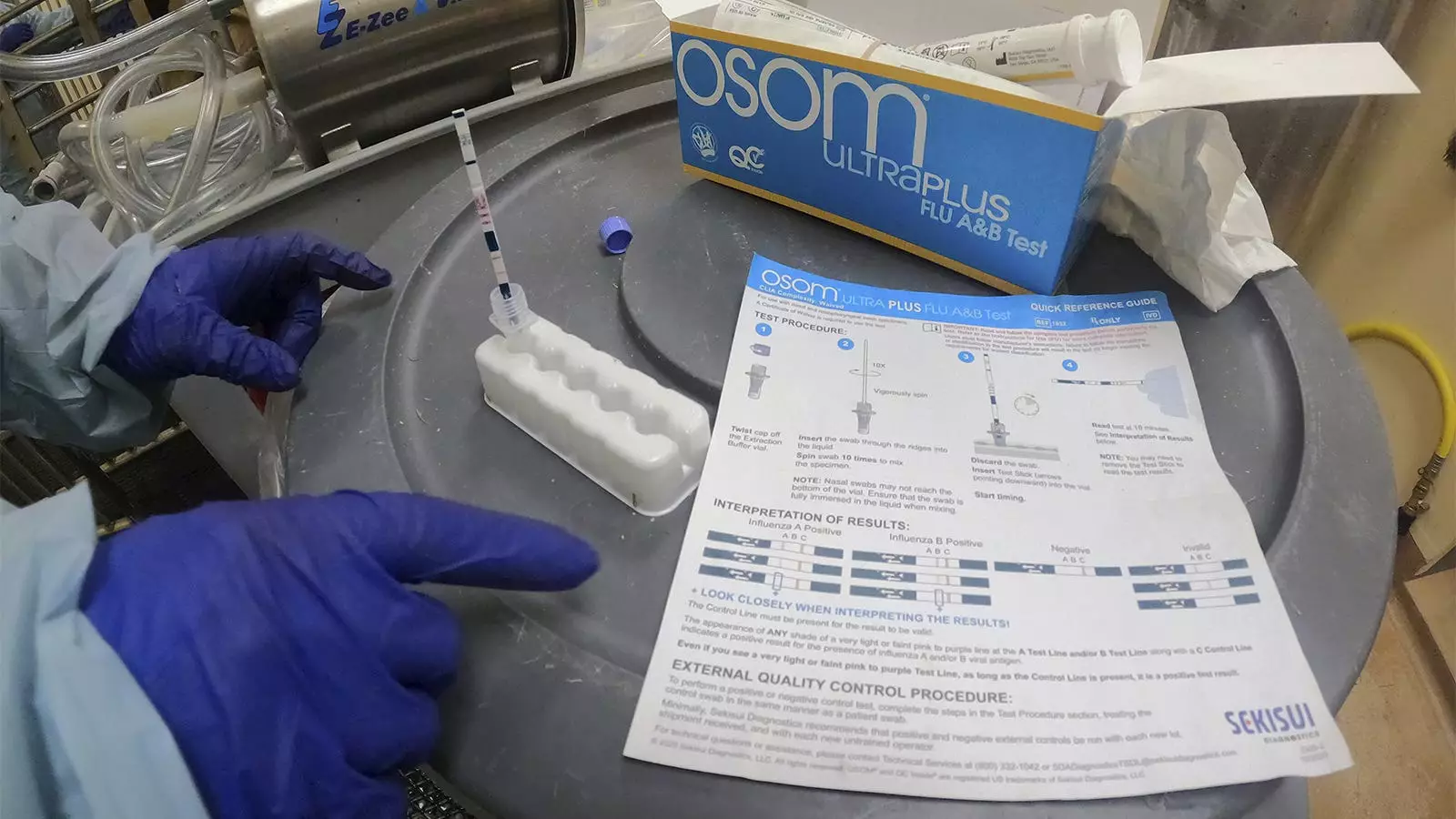The emergence of the H5N1 avian influenza virus in the United States has become a significant concern for the agricultural and public health sectors, particularly affecting dairy livestock. Initially detected in March, this strain of the virus has since spread to over 700 herds across 15 states, prompting urgent action from the U.S. government. The United States Department of Agriculture (USDA) is responding by mandating testing of raw and unpasteurized milk for the presence of avian flu, beginning on December 16. This measure marks a pivotal step not only to trace and combat the virus but also to assure both farmers and consumers regarding dairy safety.
Beginning in six key states—California, Colorado, Michigan, Mississippi, Oregon, and Pennsylvania—dairy farmers and processors will be required to submit samples for testing when requested. This proactive approach aims to curb the viral spread and to help sectors involved regain confidence in the health of their herds. Agriculture Secretary Tom Vilsack, JD, emphasizes that effective testing and monitoring are essential for containing the virus while providing peace of mind to both farm workers and consumers. By establishing these testing protocols, the USDA recognizes the gravity of the situation and the need for a systematic approach to prevent further outbreaks.
Many veterinarians and agricultural scientists have been advocating for comprehensive testing for months. Keith Poulsen, DVM, PhD, director of the Wisconsin Veterinary Diagnostic Laboratory, has been vocal about the urgent need for federal action. His assertion that “it’s another step in the right direction” resonates with the broader scientific consensus that timely interventions are critical to managing the spread of the virus. Given that raw milk from infected cows can harbor significant viral loads, it becomes increasingly necessary to monitor and manage any potential risk associated with dairy consumption.
Despite the clear health benefits associated with testing, there is apprehension within the dairy industry regarding the implications of such mandates. Farmers and processors are concerned about the financial ramifications of testing, including possible losses linked to herd quarantines or depressed milk prices. Jamie Jonker, PhD, chief science officer of the National Milk Producers Federation, acknowledges these fears while expressing support for the USDA’s initiatives. Highlighting the critical nature of disease management, the industry’s cooperation will be vital in addressing the challenges posed by this virus.
The threat posed by bird flu extends beyond animal health; it also poses risks to human populations, albeit the risk remains low according to federal health officials. The potential for mild human illness, primarily among farm workers who have direct contact with infected animals or contaminated milk, necessitates ongoing education about food safety practices. U.S. health authorities have long cautioned against the consumption of raw milk, emphasizing that pasteurization effectively eliminates harmful pathogens, including avian flu viruses. As federal officials continue to monitor and regulate the situation, the advisory against drinking raw milk remains crucial in keeping consumers protected.
As testing initiatives roll out and surveillance expands, it is clear that a multifaceted approach will be required to combat the H5N1 strain effectively. This epidemic underlines the importance of rigorous health protocols in the agricultural sector while revealing the interconnected nature of animal and human health. With continued cooperation from farmers, processors, and health officials, the path toward containment may be navigated more smoothly, paving the way for a healthier future in dairy production. Farmers must embrace testing not just as a regulatory obligation but as a shared responsibility to ensure food safety and public health. Only through vigilance and cooperation can the agricultural community hope to mitigate the impact of bird flu on both livestock and human populations.


Leave a Reply